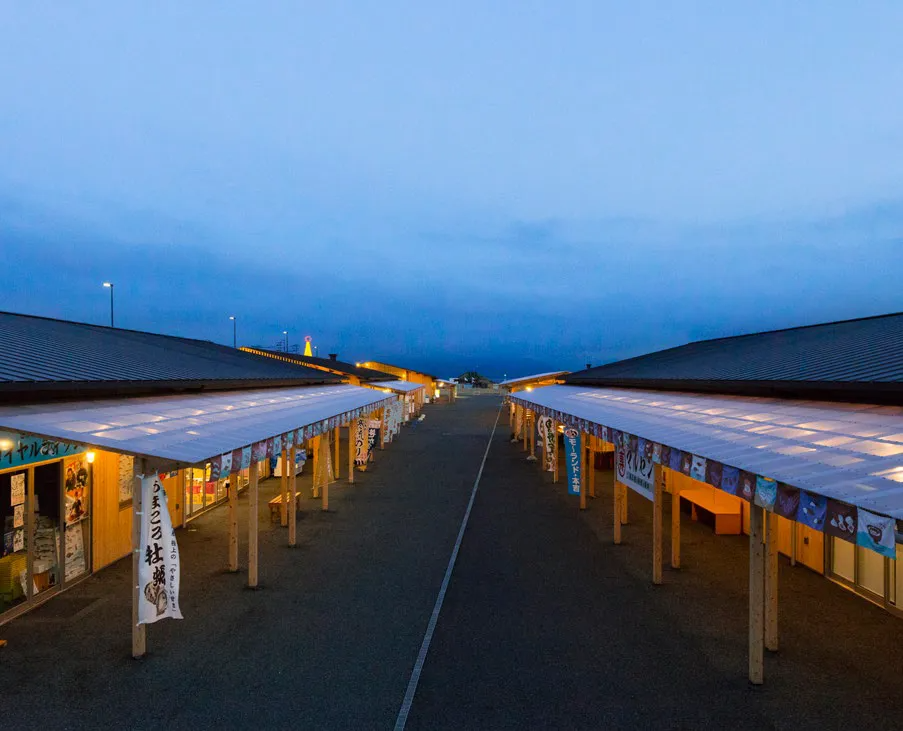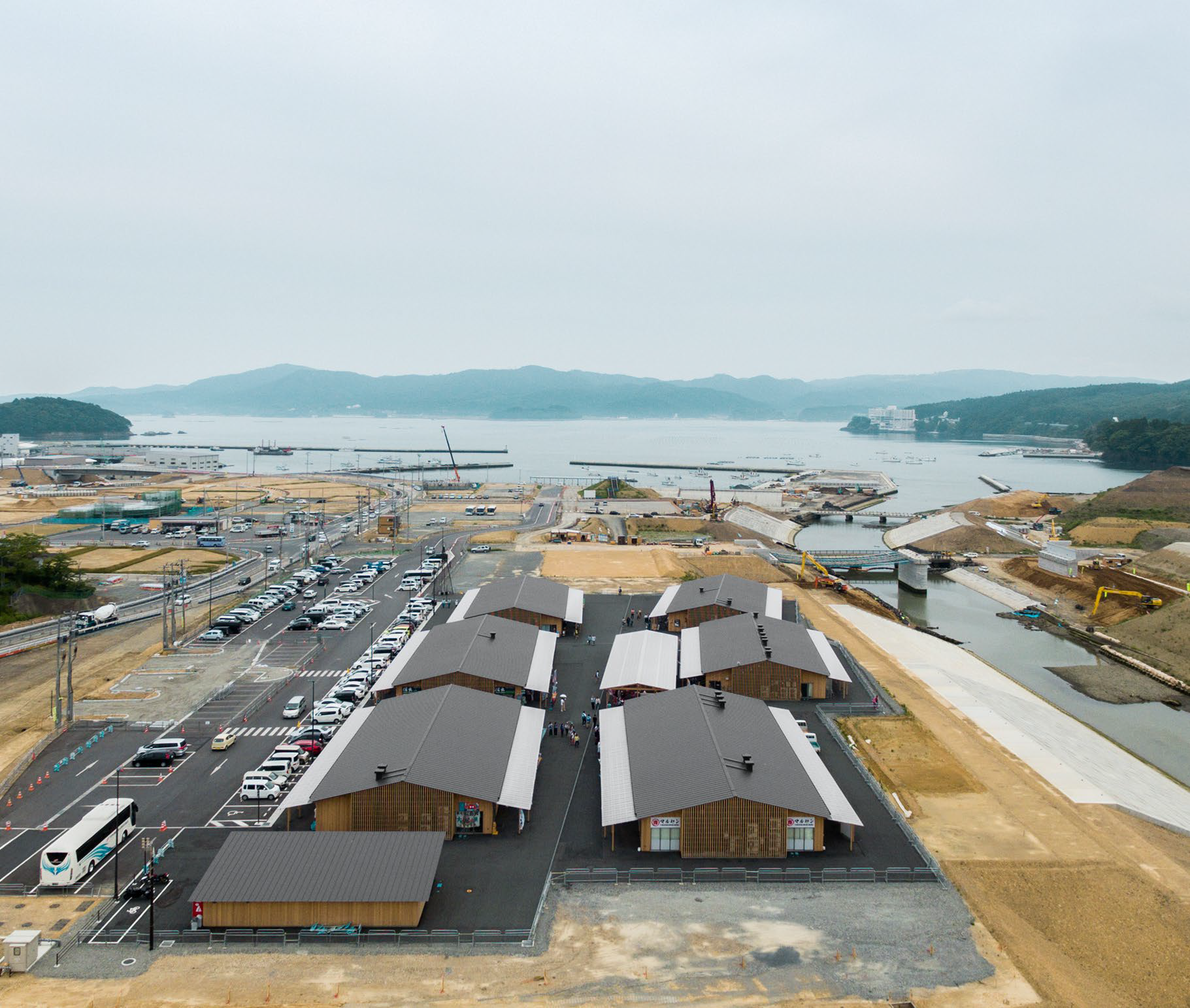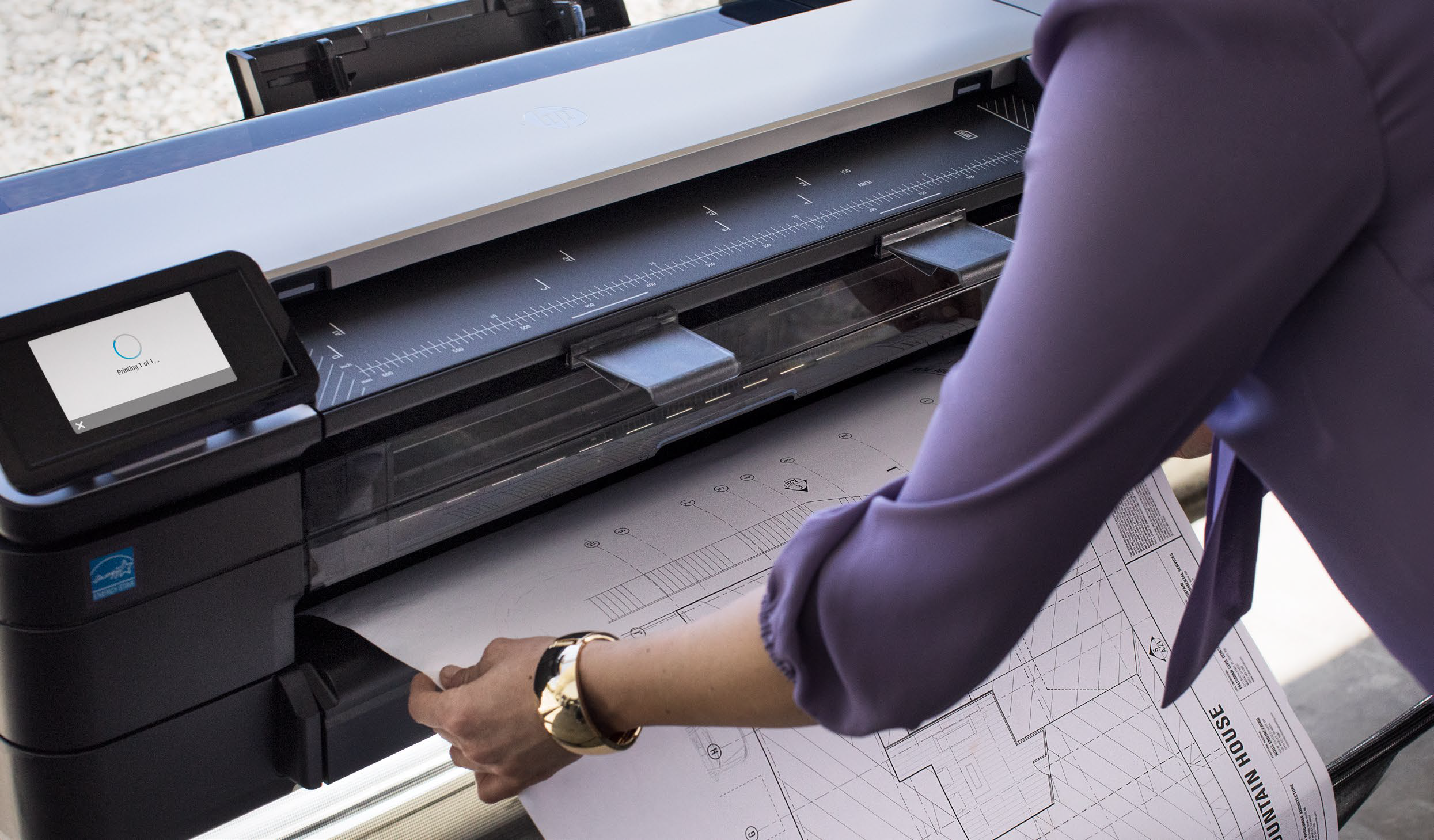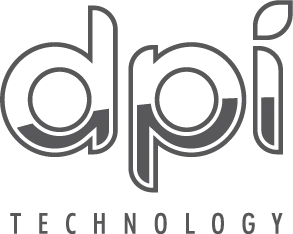 How award-winning Japanese architecture firm, Kengo Kuma and Associates (KKAA), is using modern technology to bridge the divide between traditional Japanese architecture and digital innovation.
How award-winning Japanese architecture firm, Kengo Kuma and Associates (KKAA), is using modern technology to bridge the divide between traditional Japanese architecture and digital innovation.
In 2011, the Great East Japan Earthquake and subsequent tsunami obliterated much of Minamisanriku, decimating the area and leaving gaping reminders of the tragedy. In 2013, award winning architectural practice, Kengo Kuma and Associates (KKAA), worked with the mayor and residents’ plans to design and build a brand-new retail village away from risk zones.
It was crucial for KKAA, based nearly 500km away in Tokyo, to utilize to utilize traditional Japanese craftsmanship, alongside contemporary architectural techniques to build the Sun Sun Shopping Village. It was also vital to safely incorporate the city’s historical relationship with the sea.
“Disaster prevention was paramount and a huge hurdle,” explains chief of design, Toshiki Meiji. “If you can see the ocean that normally would mean you would be at risk of tsunami. So, we raised the ground and when it was stabilized we embarked on the retail complex.”
The initial step says Meijo was to develop a master plan of the shopping complex. This required a model of the entire site – achieved through a blend of both physical models and 3D modeling technology.
“The mountains are very close to the site so we had to do tons of printouts, cut them out and then assemble them together by hand. After that, we worked out the volume of the buildings and adjusted the physical model this way and that. At the same time, we created data with 3D modeling. For eye-level confirmation, 3D is vastly superior.”
“THE MOUNTAINS ARE VERY CLOSE TO THE SITE SO WE HAD TO DO TONS OF PRINTOUTS, CUT THEM OUT AND THEN ASSEMBLE THEM TOGETHER BY HAND.”
BRIDGING THE DIGITAL DIVIDE WITH PAPER
Paper sits at the heart of all processes and one key issue KKAA faced was communicating vital information between their studio architects and their onsite contractors.
“In Japan, architects may be using digital technology but the craftspeople and others that we hire for our projects are not. This became very challenging for us and bridging this divide had, up until now, been a difficult dilemma to resolve,” Meijo explains.
“In the area of site supervision, we used a tremendous amount of paper. So for the team doing final inspections, for example, everything was confirmed on paper. The reason is that while we can make general checks using digital platforms when we need to check the fine details we must make A1 or A0 printouts. Looking at them, we can take in everything, every detail with our eyes.
“Paper is great as a base when going back and forth with a client, because you can make adjustments. But you don’t lose the changes. It’s a record of changes and sketches. It’s a record of meetings, too. It’s a huge advantage. With digital, making changes is effortless but it won’t leave a record.
“PAPER IS A RECORD OF CHANGES AND SKETCHES. IT’S A RECORD OF MEETINGS, TOO. IT’S A HUGE ADVANTAGE.”

MARRYING PHYSICAL AND DIGITAL TOGETHER
This is where the HP DesignJet MFP presented itself as the solution for KKAA. With its built-in scanner this printer allowed for quick creative changes and the ability to transfer work from the physical to the digital world via built in Wi-Fi capabilities.
“Our new printer has a scanner function. So now we can check the design, amend it, scan it and send it to clients or contractors onsite. This was not a function of the previous [printer]. To share an A1 size document, we had to scan it in A3 and send it on to clients piecemeal. Now we can do this all in one go. This is incredibly convenient.
“Because we regularly work with A1 size documents on our sites we get many blueprints in that size. The fact that we can check them and return them and retain a record is enormously beneficial.”
Alongside the scanner, the HP DesignJet T2530 remains an easy to-operate printer featuring one intuitive control panel for print, scan and copy functions and two rolls. Its advanced design also prints KKAA’s blueprints incredibly quickly —up to 21 seconds for A1/D-size prints with 2.5 inch-per-second color scanning capabilities to maximize productivity.
“The speed is a huge benefit for us. And because the printer and scanner are one unit it is also very compact and space efficient. Our offices are very cramped, so we are very grateful for this. When HP sent us [this] to test and provide feedback we were quickly very satisfied with the functionality and performance and knew we wanted to buy it.”
All this digital assistance paid off. In the year and a half since the Minamisanriku Sun Sun Shopping Village opened its doors, its seen a million visitors and locals report that its revitalized the community, both spiritually and economically. As Toshiki Meijo concludes: “We are proud of the shopping complex’s popularity. The shop owners are getting more fired up and enterprising. To see this, and the changes, each time we visit…well, it makes me so happy.”
“OUR NEW PRINTER HAS A SCANNER FUNCTION. SO NOW WE CAN CHECK THE DESIGN, AMEND IT, SCAN IT AND SEND IT TO CLIENTS OR CONTRACTORS ON SITE.”

